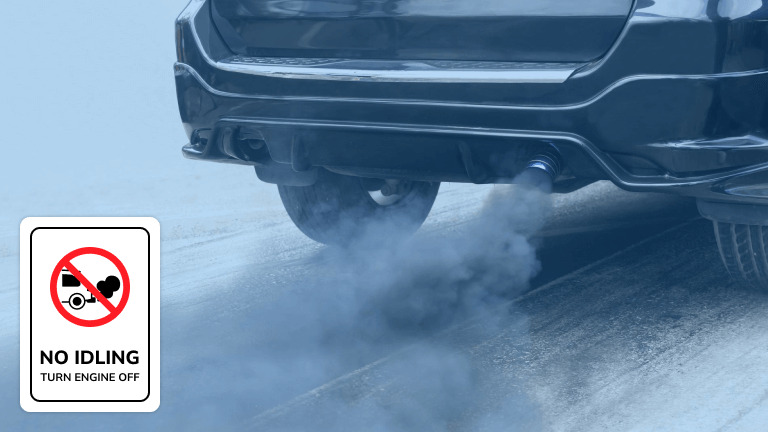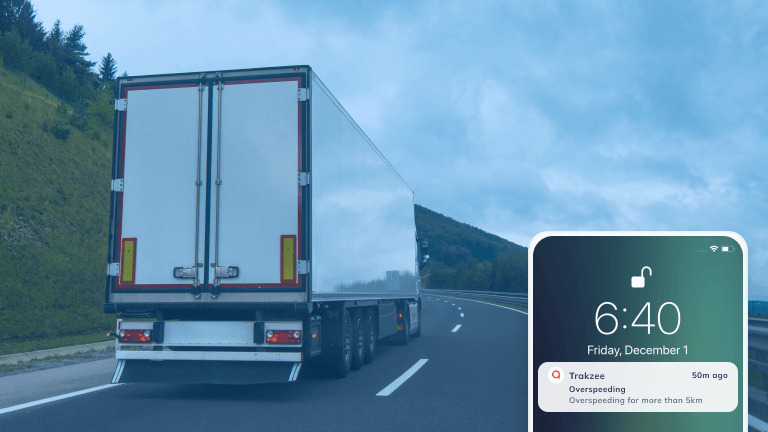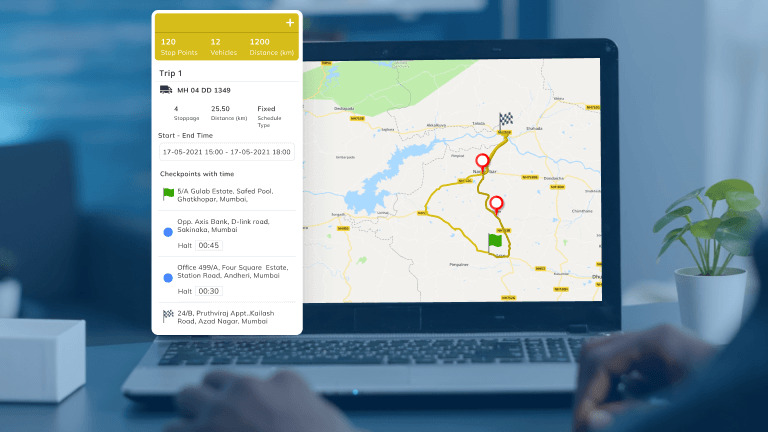How to reduce fuel expenses with fleet management software

Save big on fuel expenses with fleet management software
Fuel expenses continue to trouble fleet managers more than anything. Even today, fuel continues to be at the top of a fleet owner’s expense list and how to reduce fuel expenses is a big question.
As your transportation business grows, your fuel expenses will grow too.
Unless you’re using fleet management software, you’ll find that your fuel bills are always higher than they need to be.
You won’t know how much fuel gets consumed by your fleet. You won’t be able to compare fuel refills against drains.
Or even worse.
Therefore, a fleet management system is essential for monitoring fuel levels and expenses.
Equip your fleets with a fuel-level sensor and get real-time fuel analytics at your fingertips. But there is so much more you can do with a fleet management system besides knowing real-time fuel levels.
Here are 4 ways you could use your fleet management platform to reduce fuel expenses:
1. Prevent Idling

- Are your drivers keeping the vehicle’s engine running even when they’re stuck in traffic or at an intersection?
- If yes, then they are idling. Idling is when the drivers keep the engine on even when the vehicle is stationary.
- And this alone is costing you an extra half a gallon of fuel for every hour.
- Using a fleet management system, you can set alerts for idling and prevent this form of fuel waste.
2. Manage Speeding

- Open highways or critical delivery deadlines may tempt your drivers to go beyond the speed limits. And that’s not good for you.
- Speeding not only increases the risk of accidents but also takes a toll on your fuel economy. It also causes a 7% to 23% reduction in the fuel economy.
- As a matter of fact, if your drivers drive between the speed range of 46-60 km/h, you could be saving up to 13% on your fuel expenses.
- To make sure your drivers aren’t speeding, you can set alerts. Customize the maximum permissible speed at which your drivers can drive.
- If and when they cross these defined speed limits, you get alerts.
- Moreover, this behavior gets reflected on their driving scorecards. At the end of the week or the month, you’ll be able to assess your drivers.
- You can use these assessments to coach your drivers. Train them not to speed by highlighting the importance of consistent driving.
3. Monitor Tire Pressure

- You pay more for fuel every time your fleets’ tires have low pressure.
- The U.S. Department of Energy says that for every 1 PSI (pound per square inch) of pressure missing from your tires, you lose 0.1% of your gas mileage.
- With properly inflated fleet tires, you not only reduce the risk of accidents but also your fuel expenses. In fact, you can improve your fuel economy by almost 3 % by driving at optimum tire pressure.
- Before you dispatch a vehicle or a truck, check their tire pressures using the fleet management system. Get notified when the tire pressures are dangerously low.
- With tire pressure monitoring, you’ll not only save on your fuel expenses but also sustain the life of your tires.
4. Route Optimization

- You can use fleet management software to plan optimum routes for your fleets.
- Based on information such as delivery time, stoppages, driver availability, and type of cargo carrier, the system draws out one of the most efficient routes. This route is designed to reduce your fleets’ time on the road.
- The lesser time your drivers spend on the road, the more you save on fuel expenses. Optimized routing and dispatching can save you up to 30% on fuel and maintenance costs.
- Not only will you experience fuel savings, but also find route optimization to be a time-savvy tool. You will no longer spend hours in the office planning and adjusting delivery schedules. Because the software takes care of it!
Conclusion
Setting customizable alerts and automating everyday jobs can help you cut down your fuel expenses. With real-time data, you’ll get complete visibility into fuel refills and drains. Fleet management systems also allow you to track your fleet’s operational costs. So, you can see how current driving practices are affecting your fuel bills. Identify drivers who idle and speed a lot and train them accordingly. Truly, a fleet management platform allows you to take charge of your fuel expenses.
Citations
1. https://scdhec.gov/sites/default/files/Library/CR-010109.pdf

